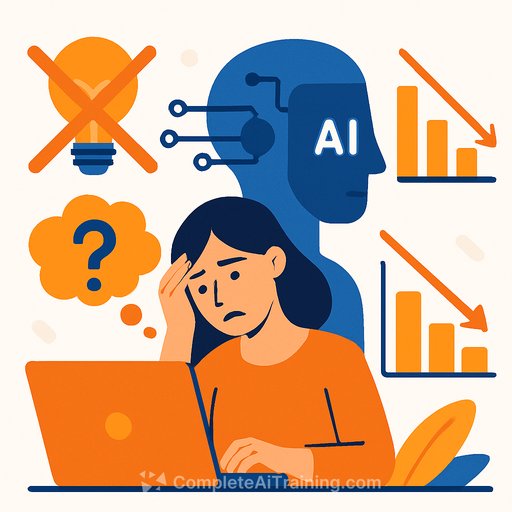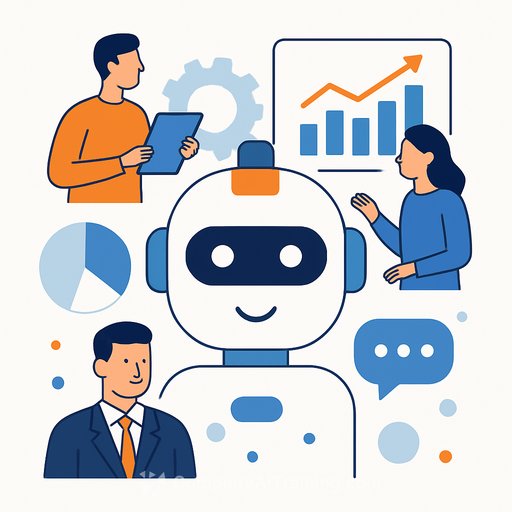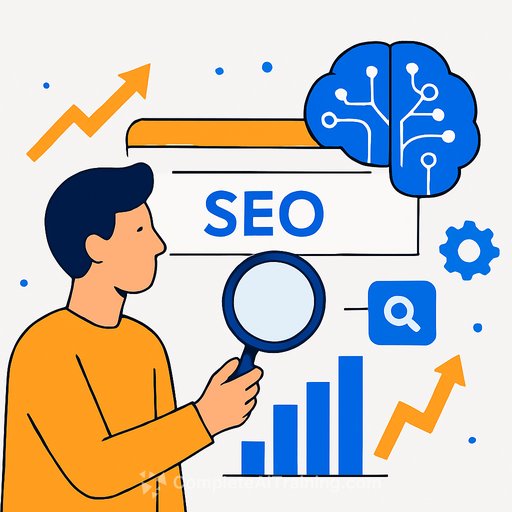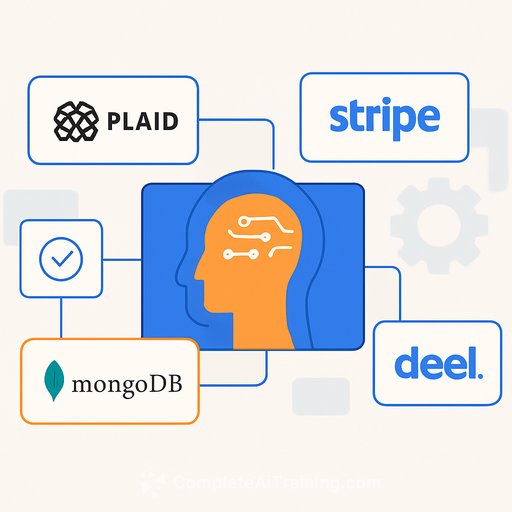AI Convenience is Replacing Durable Marketing Strategy with Disposable Thinking
AI’s convenient answers come at a cost: a decline in critical thinking. While AI can provide quick responses, it lacks the depth, context, and insight essential for crafting a solid marketing strategy.
The Problem with AI Convenience
Red Solo cups are strange. I found myself holding one at a July 4th barbecue and realized how flimsy they are. They break easily, spill often, harm the environment, and contain questionable chemicals. Yet, because they’re cheap and convenient, they’ve replaced sturdier options like glass or metal.
We’ve shifted from durable and reusable to disposable and fragile—and our thinking might be following the same path due to AI, especially in sales and marketing strategy.
Does ChatGPT Turn Off Critical Thinking?
A study from MIT measured brain activity among participants writing essays using different tools: large language models (LLMs), search engines, or only their own knowledge.
The results were alarming. Those who avoided technology showed stronger and more distributed neural activity. The more technology was used, the less the brain engaged. According to the study’s lead, long-term LLM users underperformed cognitively, linguistically, and behaviorally.
Simply put, AI is dulling our critical thinking. Just like the Solo cup, we’re trading durable thought processes for disposable ones that can’t handle pressure.
AI Can’t Make Smart Bets for You
Revenue leaders often describe their role as making bets—deciding which campaigns to back or drop with incomplete and sometimes unreliable data. More accurate data paired with sound interpretation leads to better decisions.
Many turn to generative AI to fill these gaps, but that’s a mistake. They seek insight, not just data—and AI can’t deliver genuine insight.
AI works on probabilities, predicting what’s likely to come next based on billions of words. But probability doesn’t guarantee accuracy. Worse, AI is programmed to prioritize being helpful and harmless over being truthful.
This leads to hallucinations—fabricated statistics, fake links, entire websites made up to support a narrative. It’s not intentional deceit, but it’s dangerously misleading.
Imagine firing an employee for fabricating data that influences campaign decisions. Yet, we tolerate AI doing the same. That’s a risk no marketer should accept. How can you place smart bets when you can’t trust the insights?
People Want an Outcome, Not a Product
Harvard’s Theodore Leavitt famously said, “People don’t want to buy a quarter-inch drill. They want a quarter-inch hole.” This highlights that customers buy outcomes, not products.
The MIT study’s findings are sobering because people are surrendering their thinking to AI. AI can analyze, summarize, and predict patterns, but it can’t distinguish the tool from the result. It doesn’t generate real insight into customer needs or buying motives.
Insights from AI are like Red Solo cups—lacking resilience and depth. Turning off skepticism and trusting AI blindly is as risky as assuming everything’s “fine” when it clearly isn’t.
Insights for Sale
Customers aren’t buying products or services; they’re “hiring” them to make progress—removing friction, solving problems, achieving goals.
Effective marketing and sales strategy clarify this progress. To guide your messaging, ask these three questions:
- What problem are your customers trying to solve?
- What options do they have to solve it?
- Which option is best, and why?
This isn’t about features or benefits. It’s about providing clarity that empowers confident decisions. That requires human insight—something AI can’t replicate.
Creating Solid Insights
Good marketing doesn’t just explain what you do—it influences buyer behavior. Achieving this requires deep thinking, context, and experience, especially in B2B.
ChatGPT and similar tools can’t replace this level of thought. Here are ways to strengthen your insight muscle:
- Survivorship Bias: Always ask, “What’s missing?” Don’t just analyze visible data—consider what should be there but isn’t. Real insight emerges from the tension between what’s seen and what’s absent.
- Study People, Not Dashboards: Data dashboards show trends, but they don’t explain why people buy or what your offering lacks compared to competitors.
- Remember What AI Is—and Isn’t: AI is not a strategic tool and should never be treated as one. Use it to test ideas, but rely on human observation, interpretation, and judgment for decision-making.
Keep the Red Solo cups for barbecues. When it comes to thinking, strategy, and customer insight, bring the glassware—durable, reusable, and reliable under pressure. In a world filled with disposable content, your ability to generate genuine insight is your last real advantage.
Your membership also unlocks:






